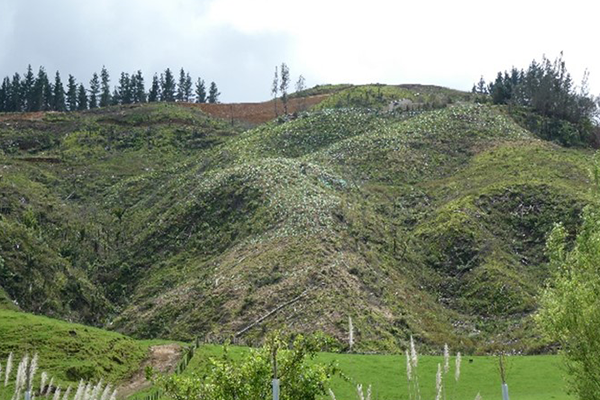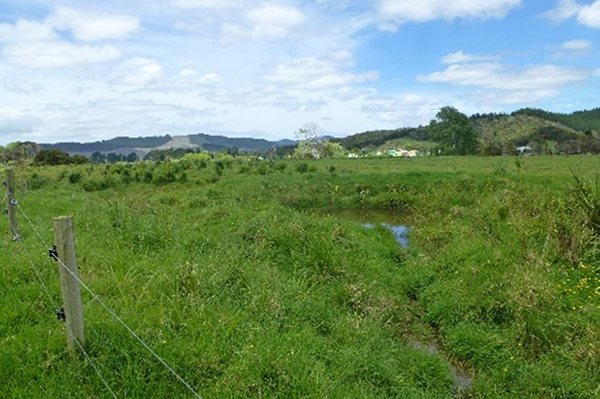Coromandel catchment management guidelines
Catchment management involves soil conservation, habitat enhancement and coastal habitat restoration projects.
It involves working with individual landowners, collective landowners (e.g catchment groups or community groups), iwi and other government departments such as DOC.
Farmers use private consultants for nutrient budgets, fertiliser advice, farming systems and productivity, farm plans and industry led requirements or processes (Fonterra, NZ Beef + Sheep, DairyNZ farm plans, Landcare Trust) and also for carbon credits.
WRC Catchment Management Officers (CMOs) are in a unique position, working with farmers and other rural land users. We advise on land use change and management for sediment mitigation, soil erosion and restoration projects (biodiversity/biosecurity). Our time is free – no direct costs to landowners to meet or talk with us, usually on site.
We can help subsidise rural private landowner costs for works which will:
Ensure permanent stock exclusion from an agreed area (this is the main criterion).
Mitigate accelerated soil erosion.
Prevent further habitat degradation and encourage habitat improvement.
Improve water quality within a sub-catchment.
(We use a baseline of a property needs to usually be over 4 hectares for Catchment New Works subsidies).
We do not fund resource consent applications for catchment management works.
The main funding is our Catchment New Works budget and we can offer a 35% subsidy for fencing, planting and initial maintenance for what we label soil conservation compartments.
This funding is available for landowners who have signed an agreement called an Environment Programme Agreement (EPA) which is drawn up for the landowner’s particular situation.
Typical soil conservation works are:
- Excluding stock from riparian, bush, wetland, seep, gully and high-risk erosion steep hill country areas (Class 6 to 8 in Land Use Capability) as well as the Coastal Marine Area (CMA).
- Enhancing biodiversity through planting of suitable Coromandel species (native and exotic plants).
- Enhancing water quality through riparian and wetland restoration, sediment traps, best practice culverts, crossings and farm track considerations as well as sediment retention/filtration.
- Land use change and re-vegetation for harvested forestry blocks or steep land (Class 6 to 8 LUC) or slip prone land, with either native plants, fencing for retirement or open space planting (poplar poles).
 Land use change from forestry to permanent native forest.
Land use change from forestry to permanent native forest.
 Sediment trap and riparian planting.
Sediment trap and riparian planting.


To ask for help or report a problem, contact us
Tell us how we can improve the information on this page. (optional)